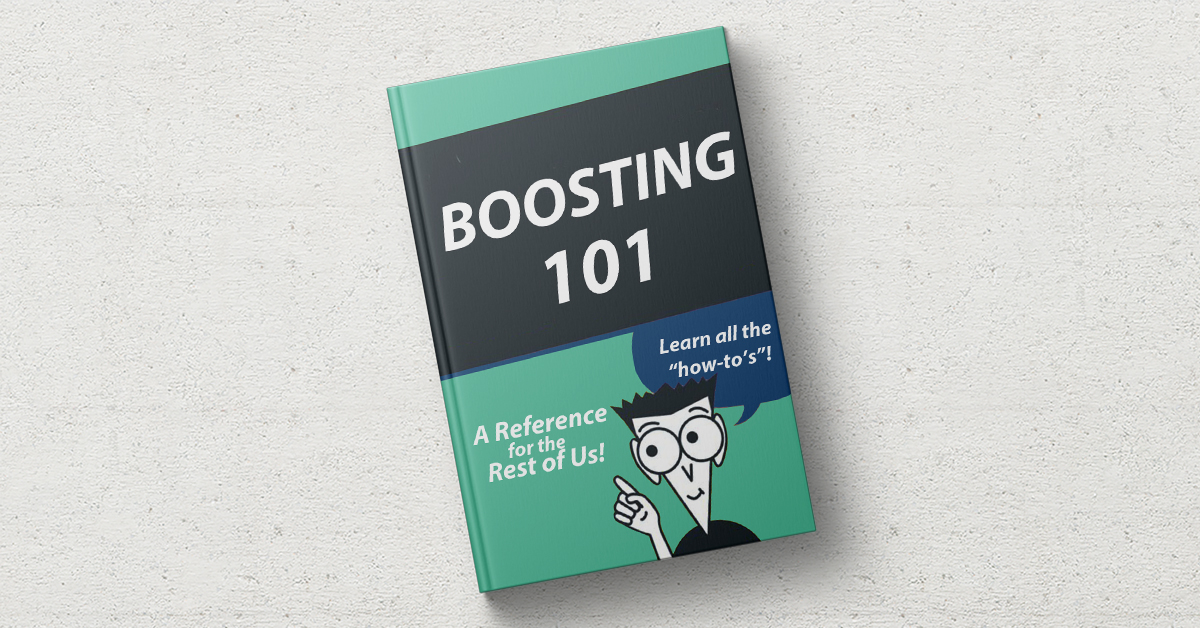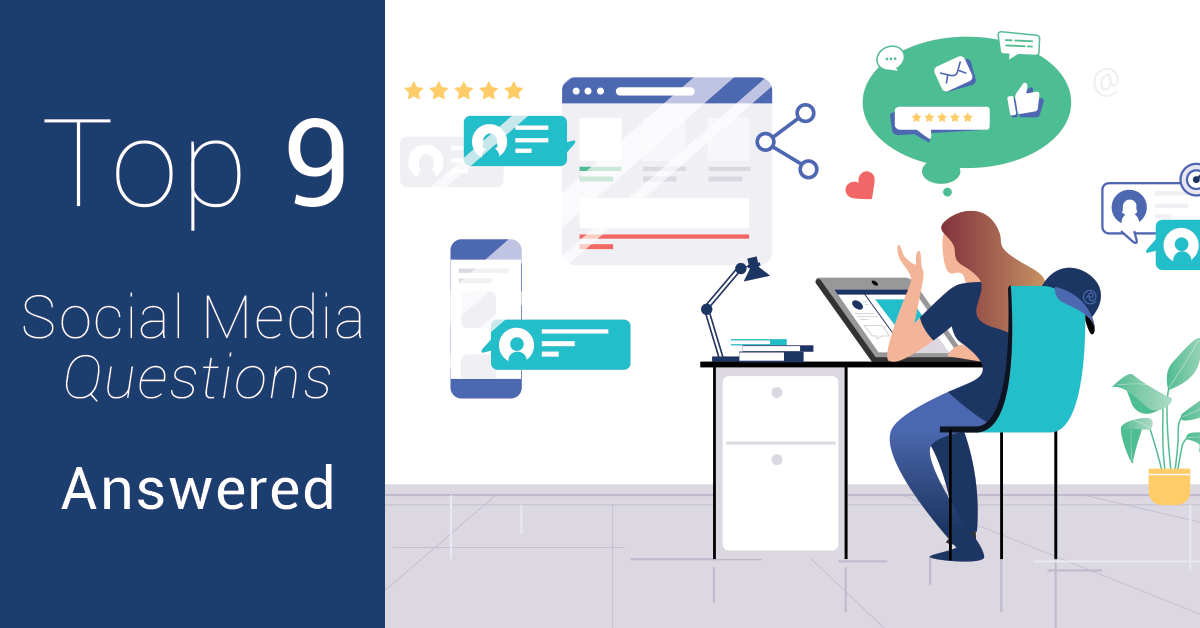Advertising on Facebook and other social media channels helps you to build brand awareness, generate leads and grow your following. If you’re not familiar with boosted posts and other types of ads, this article will help you understand how it works and why you should consider doing it for your business.
Why advertise on Facebook? As we discuss in this article:
When you have a business Facebook page, the content you publish doesn’t necessarily get seen by all your followers. Even people who have chosen to follow your page might initially see your content organically, but they won’t continue to see it unless:
- You regularly post engaging content that interests them and inspires them to interact with it; and
- You pay to get it seen. Yes, Facebook is a “pay to play” platform.
This winning combination of great content, coupled with ad spend, increases the likelihood of making your content visible in newsfeeds.
Boosting is a form of advertising that differs from Facebook ads, and each ad type has its own unique objectives. Let’s review the basics of each so you can decide when to boost and when a different kind of Facebook ad might be more appropriate.
Read more: Facebook Boosting 101: How to Boost Content for Better Results

Boosted Posts
With boosted posts, you take a post from your page’s timeline and pay to expose it to an audience of your choosing. You can also create a new post and click “boost” instead of “publish” to boost a new piece of content.
You can think of boosting as the simplest way to advertise your content. You can customize your boosts for various goals — such as boosting website traffic, getting more calls or messages, or getting more leads through fillable forms.
Once you boost a post, it will show up in your audience’s newsfeed as an ad. You can also choose Instagram as an ad placement for a boosted post.
To boost a post, you’ll need to know:
- The target audience you want to reach
- Your max budget for the course of the campaign
- The duration of time you want to run your boosted ad
Boosted posts are ads in the sense that they require an advertising budget. However, there are some differences between boosted posts and other types of Facebook ads you should know. For starters, boosted posts are not created in Ads Manager and don’t have all the same customization features as a Facebook ad. Still, they can be quite effective at boosting brand awareness, increasing engagement and follower count, and showcasing the personality behind your brand via local content.
Facebook Ads
Because they’re created in Facebook’s Ads Manager, Facebook ads provide more advanced customization and placement options. You may choose to select placements in side ads, Messenger ads, Instagram Stories, instant articles and Audience Network. In addition, you can customize the look and feel of your ad with various formatting solutions.
Lastly, you’ll have advanced targeting capabilities. While boosted posts allow you to choose interests, age and gender for your ad targets, Facebook ads also let you create overlapping audience types, lookalike audiences and more.
Note that with Facebook ads, in addition to some of the more advanced features, you can use retargeted ads to reconnect with certain users who have already shown an interest in your product or service. These might be people who interacted with your brand in some way, either on or off Facebook, including those who have:
- Interacted with your Facebook page or Instagram page
- Shared their email with you and joined your customer list
- Watched your videos
- Engaged with your Facebook events in some way
- Viewed or interacted with your website
Learn more: The Difference Between Boosted Posts and Facebook Ads
When to Boost Versus Use Facebook Ads
Both boosted posts and Facebook ads should have their place in your advertising budget. Boosted posts are great for quickly exposing a post to more people in newsfeeds than you would organically.
Oftentimes, it’s best to boost high-performing, hyper-local posts that have already earned engagements such as comments, shares, likes and clicks. Other goals might require you creating an ad in Ads Manager.
When you create an ad on Facebook, the app will help you choose your ad type based on your goals, such as:
- Get more leads
- Get more bookings
- Get more messages or calls
- Get more website visitors
This takes some of the guesswork out of knowing which type of ad to use.
Related: Top 9 Social Media Questions, Answered

New to Facebook Advertising? Jump Into Boosting
If you’re new to Facebook advertising, boosted posts are a great place to start. It’s fairly simple to get started with boosting and start seeing results quickly, and it’s especially effective for newer pages that want to increase their following. Once you have more likes on your page, the more advanced ad tools might make more sense in tandem with your boosting campaigns.
With any type of Facebook ads, you’ll need to set up an ad account for your business page to start boosting. Then you can pick which content you want to promote, such as:
- Real photos or videos from your location, including the owners, employees or customers, behind-the-scenes content and other authentic, hyper-local posts
- Events you are hosting at your location
- Job postings if you have them
- Photos or videos of anything new at your location
Related: Facebook Ads and Hyper-Local Content: Your Recipe for Social Media Success
Once your boosted posts appear in newsfeeds and earn engagements, your page will be deemed more “relevant,” meaning it’ll become more visible to your followers as well as their friends and people who aren’t following you yet.
General Guidelines for Boosted Posts
To further amplify the results of your boosted posts, follow these guidelines:
- Avoid text-heavy posts. Facebook might reject your ad or limit its exposure if you have too many words. (Read this article to learn more.)
- Be as specific as possible when choosing your audience. Make sure your audience includes people who are likely to engage with your content based on their location, gender, age or interests.
- Limit the duration of your ad to five to seven days to avoid having your post decline in performance.
- Continually monitor the performance of your ads throughout your campaigns. Make any necessary tweaks to better target the people you want to reach.
Be sure to check out our Social Spots video, featuring our pal Roscoe, for a quick breakdown of Facebook boosting. Need some extra guidance and the right social media technology to help automate and manage your social media marketing, visit rallio.com and request a demo to view all your options.
Related: What’s the difference between organic, paid and post reach?


